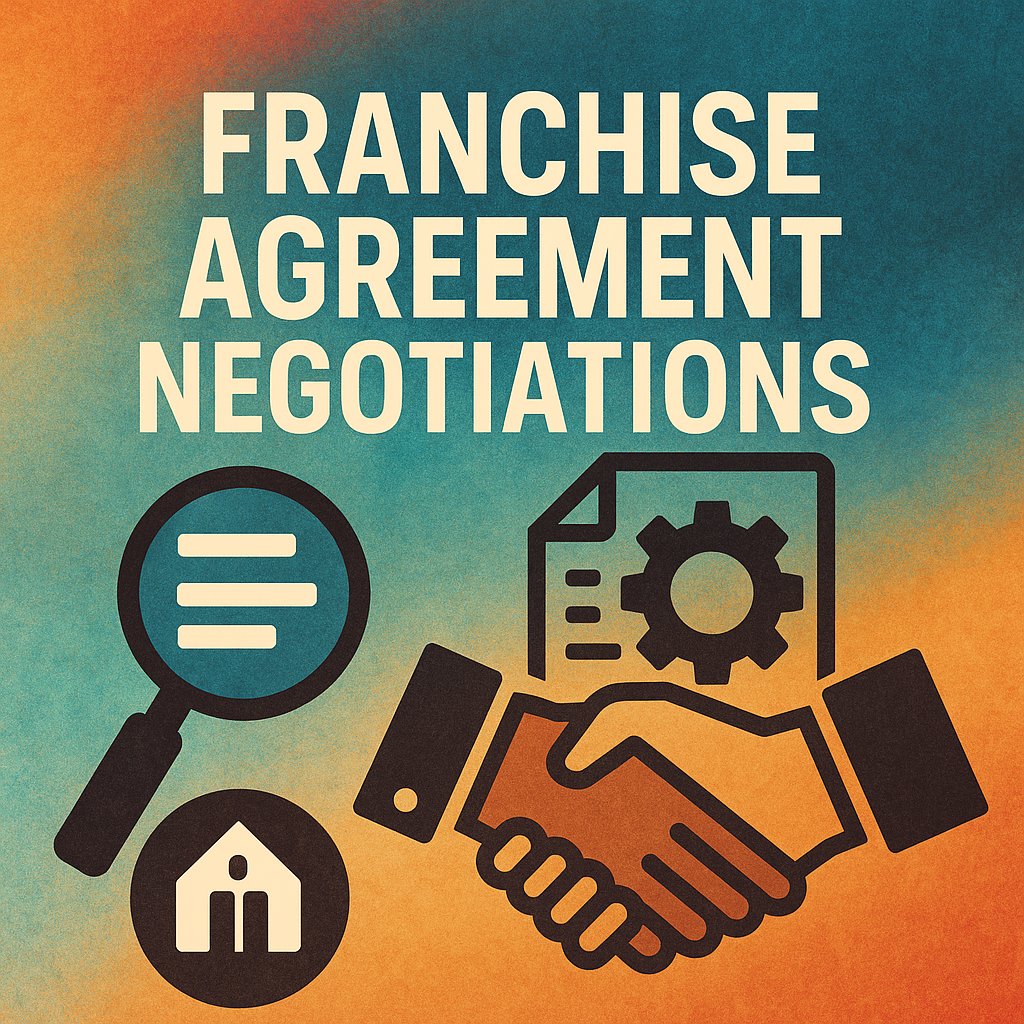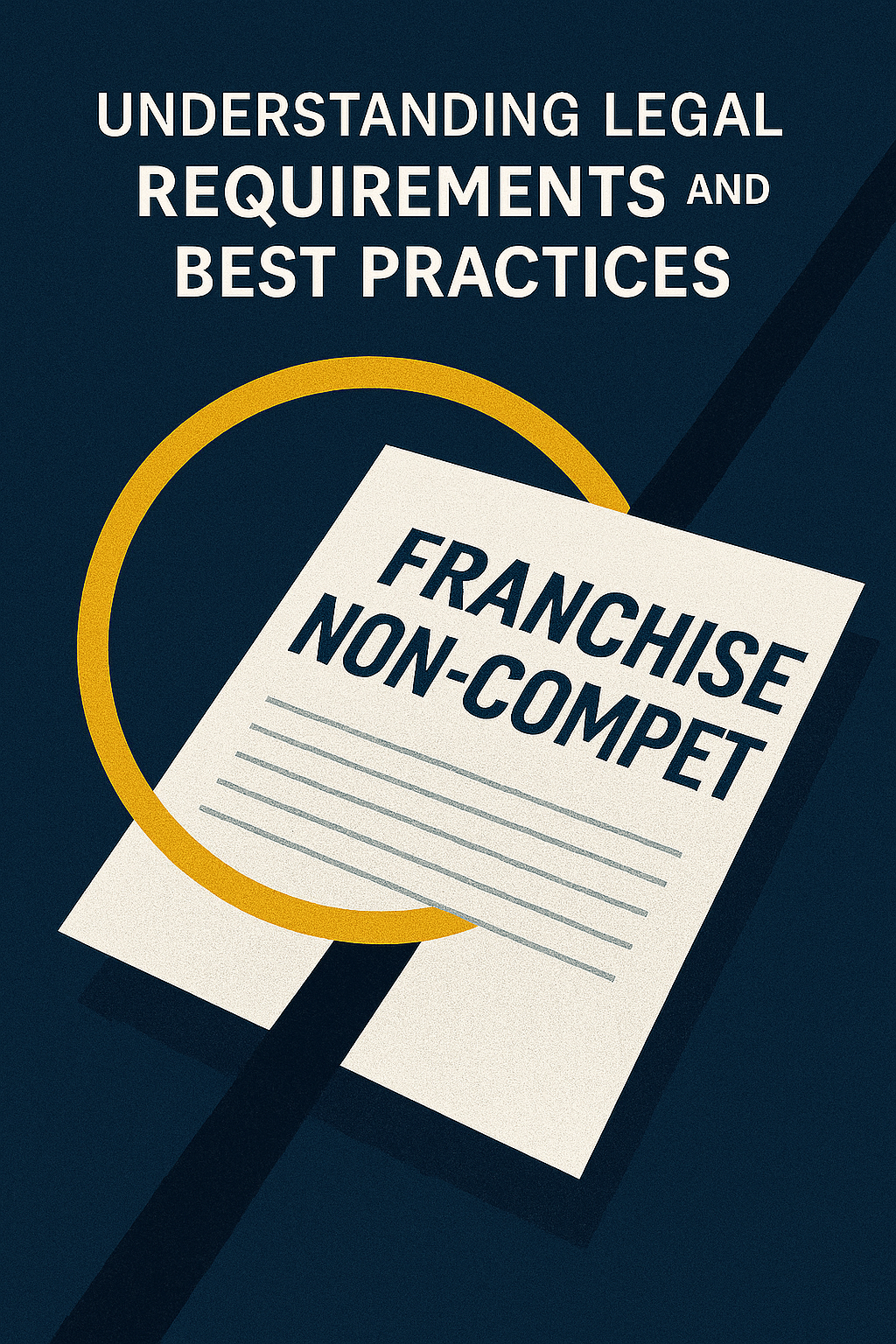In the world of business, ongoing fees are an integral part of many operational models. These fees include royalties, advertising costs, and various other charges that businesses must pay on a regular basis to sustain their operations. Understanding the types and components of these ongoing fees is crucial for any aspiring entrepreneur or business owner.
Understanding the types of ongoing fees
When it comes to ongoing fees, there are different types that businesses need to be aware of. These fees can vary depending on the industry and business model. The most common types of ongoing fees include royalties and advertising costs. However, there may be additional fees, such as licensing fees, franchise fees, or maintenance fees, that businesses need to consider.
One type of ongoing fee that businesses should be aware of is licensing fees. Licensing fees are charges that businesses pay to use a specific brand, trademark, or intellectual property. These fees are often associated with franchising or licensing agreements, where businesses pay a fee to use a well-known brand name or product. Licensing fees can vary depending on the popularity and reputation of the brand, as well as the terms of the agreement.
Another type of ongoing fee that businesses may encounter is franchise fees. Franchise fees are charges that businesses pay to become a part of a franchise system. These fees typically cover the cost of training, support, and access to the franchisor’s business model and brand. Franchise fees can be a significant investment for businesses, but they often come with the benefit of a proven business model and established brand recognition.
Exploring the concept of royalties in business
Royalties are a form of ongoing fees that businesses pay for the use of intellectual property. They are commonly associated with industries such as music, publishing, and franchising. When a business uses someone else’s intellectual property, such as a trademark, patent, or copyrighted material, they are required to pay royalties to the rights holder as a form of compensation for using their assets.
Unveiling the secrets behind advertising fees
Advertising fees are another significant component of ongoing fees. In today’s competitive marketplace, businesses need to invest in effective advertising strategies to promote their products or services. Advertising fees often cover the costs associated with creating and running advertisements across various channels, such as print, television, radio, and digital platforms. These fees can also include expenses related to market research, media buying, and campaign management.
The significance of ongoing fees in business operations
Ongoing fees play a crucial role in the overall sustainability of a business. These fees are essential for generating revenue and ensuring the smooth functioning of operations. Royalties, for example, enable rights holders to earn income from their intellectual property, thus incentivizing innovation and creativity. Similarly, advertising fees help businesses reach their target audience and drive sales, ultimately contributing to their long-term growth and success.
How ongoing fees contribute to business sustainability
Ongoing fees are not mere expenses; they are investments in the future success of a business. By paying ongoing fees, businesses gain access to valuable resources and support that can enhance their competitiveness and profitability. Royalties, for instance, provide businesses with the right to use established brands and benefit from the associated reputation and customer recognition. Advertising fees, on the other hand, enable businesses to reach a wider audience and build brand awareness, leading to increased sales and market share.
The role of royalties in supporting brand development
Royalties play a pivotal role in brand development and maintenance. When businesses pay royalties to a franchisor or licensor, they gain the right to use a well-established brand name, trademark, or patented technology. This association with an established brand can offer several advantages, including instant brand recognition, consumer trust, and access to established distribution channels. By paying royalties, businesses can leverage the reputation and equity built by the franchisor or licensor to establish a strong presence in the market.
Demystifying the components covered by advertising fees
Advertising fees typically cover various components necessary for an effective marketing campaign. These can include expenses related to creative development, media planning and buying, market research, campaign monitoring, and evaluation. Creative development encompasses the conceptualization, design, and production of advertisements, ensuring that they effectively communicate the desired message to the target audience. Media planning and buying involve identifying the most suitable advertising platforms, negotiating media rates, and strategically placing advertisements for maximum impact.
Evaluating the value provided by ongoing fees
It is essential for businesses to evaluate the value provided by ongoing fees to determine their cost-effectiveness. This evaluation should include an assessment of the benefits derived from paying royalties or engaging in advertising activities. For royalties, businesses need to consider factors such as brand recognition, access to established distribution networks, and ongoing support and training provided by the franchisor or licensor. Similarly, in the case of advertising fees, businesses should examine the return on investment (ROI) generated from advertisements in terms of increased sales, customer acquisition, and brand equity.
The impact of ongoing fees on profit margins
Ongoing fees, including royalties and advertising costs, have a direct impact on a business’s profit margins. These fees represent a portion of the business’s revenue that is allocated to support various operational activities. While they contribute to a business’s growth and overall success, they also reduce the net income available to the business. Therefore, businesses need to carefully consider the balance between investing in ongoing fees and maintaining acceptable profit margins to ensure long-term financial sustainability.
Comparing different business models and their associated ongoing fees
The impact of ongoing fees on a business can vary depending on the chosen business model. For instance, franchising often involves a significant upfront investment and ongoing royalty payments. However, in return, franchisees gain access to a proven business concept, established brand recognition, and ongoing support from the franchisor. On the other hand, businesses that choose not to operate under a franchise model may have lower ongoing fees but are solely responsible for building their brand and establishing their customer base.
Uncovering hidden costs within ongoing fees
When considering ongoing fees, it is essential for businesses to be aware of any potential hidden costs. Sometimes, the full extent of ongoing fees may not be explicitly stated or understood at the beginning. For example, advertising fees may not include additional expenses related to design changes, marketing research, or campaign adjustments. It is crucial for businesses to thoroughly review agreements and contracts and seek professional advice to uncover any hidden costs and ensure a comprehensive understanding of the ongoing fee structure.
The relationship between ongoing fees and company growth
Ongoing fees play a critical role in driving company growth. Royalties provide businesses with access to proven business models, established brands, and ongoing support, which can accelerate their growth trajectory. Advertising fees, on the other hand, enable businesses to reach new customers, expand into new markets, and increase their market share. By strategically investing in ongoing fees, businesses can unlock growth opportunities and stay ahead of the competition.
Maximizing the benefits derived from advertising fees
To maximize the benefits derived from advertising fees, businesses need to develop a comprehensive advertising strategy. This strategy should involve identifying target audiences, selecting appropriate advertising channels, creating compelling and engaging advertisements, and continuously monitoring and evaluating the effectiveness of campaigns. By conducting thorough market research, businesses can ensure that their advertisements effectively reach and resonate with their target customers, resulting in higher conversion rates and a more significant return on advertising investment.
Strategies for negotiating favorable royalty terms
When negotiating royalty terms, businesses can employ several strategies to ensure they achieve favorable terms. One approach is to demonstrate the value and potential of their business concept to the franchisor or licensor. By showcasing a strong business plan, market research, and a track record of success, businesses can establish themselves as valuable partners and potentially negotiate more favorable royalty rates. Additionally, businesses can seek legal advice to understand their rights, negotiate fair terms, and protect their interests during the negotiation process.
Analyzing the factors that influence variations in ongoing fees
The specific factors that influence variations in ongoing fees depend on the industry, business model, and negotiated agreements. For royalties, factors such as the reputation and prominence of the brand, the level of ongoing support provided by the rights holder, and the exclusivity of the license granted can all impact the royalty rates. Similarly, advertising fees may vary based on factors such as the size and reach of the targeted audience, the chosen advertising channels, and the complexity of the creative development and production process.
Identifying potential pitfalls when dealing with ongoing fees
Dealing with ongoing fees can present potential pitfalls for businesses. One common pitfall is underestimating the true cost of ongoing fees and failing to allocate sufficient resources to cover them. This can lead to financial strain and hinder business growth. Another pitfall is entering into agreements without thoroughly understanding the terms and conditions, including any hidden costs or restrictions. Businesses should exercise caution, conduct proper due diligence, and seek professional advice to avoid falling into these pitfalls.
The legal considerations surrounding the collection of royalties
The collection of royalties involves various legal considerations. Businesses must ensure that they have the legal right to use licensed intellectual property and that the royalty agreements are properly drafted and enforceable. It is crucial for businesses to understand any limitations, exclusivity rights, territorial restrictions, or any other legal obligations associated with the payment of royalties. Engaging legal professionals experienced in intellectual property matters can help businesses navigate the legal landscape and ensure compliance with relevant laws and regulations.
Tips for budgeting and managing ongoing fees effectively
Effectively budgeting and managing ongoing fees is essential for the financial health of a business. Businesses should start by conducting a comprehensive analysis of their ongoing fee obligations and their impact on the overall budget. It is crucial to allocate sufficient resources to cover these fees while also considering other operational expenses, such as employee salaries, rent, utilities, and inventory. Regular monitoring and review of ongoing fees, along with diligent financial management, can help businesses stay on track and avoid unexpected financial burdens.
Examining industry benchmarks for average royalty and advertising rates
Industry benchmarks provide businesses with valuable insights into average royalty and advertising rates within their specific sector. Understanding these benchmarks can help businesses gauge the reasonableness of the ongoing fees they are paying or considering. To identify industry benchmarks, businesses can consult industry associations, market research reports, or engage with industry experts. These benchmarks serve as valuable reference points, guiding businesses as they negotiate fees or adjust their ongoing fee structures to align with market norms.In conclusion, ongoing fees, including royalties and advertising costs, are an essential aspect of sustaining and growing a business. These fees contribute significantly to brand development, customer acquisition, and overall business success. Understanding the intricacies of different types of ongoing fees, evaluating their value, and managing them effectively are crucial for any business looking to thrive in today’s competitive marketplace. By navigating the world of ongoing fees with careful consideration and strategic planning, businesses can set themselves on a path toward long-term success.+







